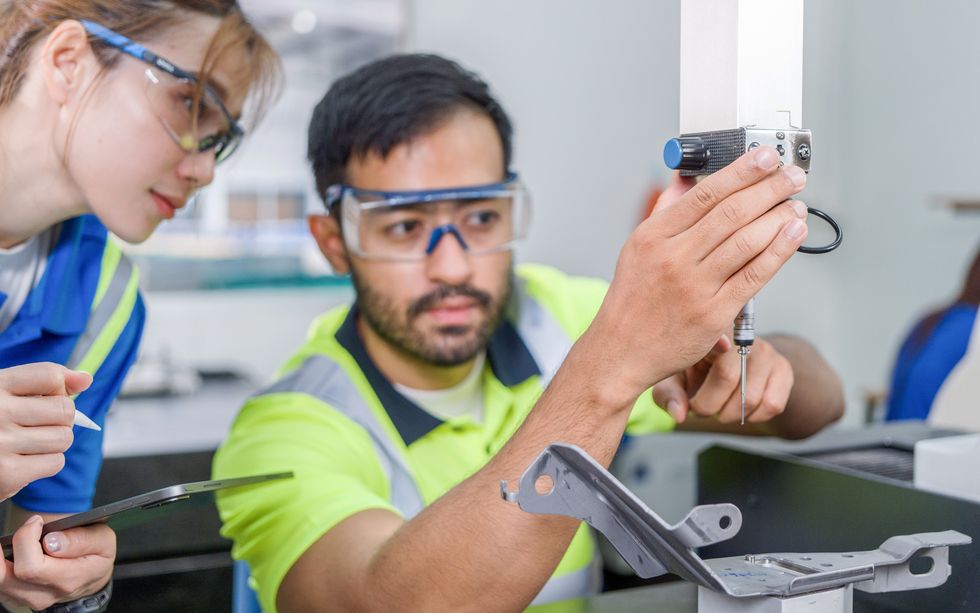Now Reading: Teething Babies and Rain: Unlikely Reasons Behind Dropped Calls
-
01
Teething Babies and Rain: Unlikely Reasons Behind Dropped Calls
Teething Babies and Rain: Unlikely Reasons Behind Dropped Calls

Speedy Summary
- Moisture and wetness posed challenges to early telephone functionality during the 1910s-1930s.
- Everyday encounters include teething babies chewing phone cords, wet umbrellas, storms near windows, spilled liquids, and bird baths affecting telephones.
- phone cords made from silk tinsel were fragile and corroded easily when damp; remedies included proper user behavior or technological advancements.
- Telephone repairmen known as “trouble men” would diagnose issues using specialized equipment like the Telefault device to investigate causes of outages.
- Wet conditions caused significant service interruptions-e.g., a baby chewing on a cord might lead to nearly two hours of downtime, while a pitcher spill could cause eight-hour interruptions.
- The phone industry evolved from educating users about dryness to introducing moisture-resistant solutions such as Duratex wires and protective coatings manufactured by companies like Stromberg-Carlson and Western Electric.
- Protected wires reduced maintenance costs for companies like Bell Telephone, saving $90,000 annually by 1919 through addressing water-related disruptions.
Images included:
- Book cover with a submerged smartphone (Source: MIT Press).
- Black-and-white depiction of baby chewing phone cord (Source: The Telephone Review/licence to Spill).
- Table listing causes of breakdowns due to liquid sources (Source: Telephony/License to Spill).
- Cartoon drawing featuring moisture-related damage scenario (Artist: Serge Bloch).
Indian Opinion Analysis
The historical interplay between everyday life practices-like spilled liquids-and technological vulnerabilities offers valuable insights for IndiaS development in consumer electronics industries today.early telecommunication challenges demonstrate how human behavior influences technology adoption and infrastructure costs. Notably,India’s expanding smartphone market may benefit from lessons on balancing user education with product durability.
Efforts by firms in the past transitioned responsibility from users toward improved technical resilience-paralleling modern innovations like waterproof smartphones essential for monsoonal climates prevalent across India’s geography. However, India’s manufacturers must also consider affordability along with robustness; complex solutions will need scaling for accessibility across socioeconomic strata.
Additionally, cultural parallels exist in consumer habits influencing shared responsibility between product creators and users-echoing calls for both behavioral adjustments among consumers and adaptive engineering practices within production lines seen in historical examples.
Thes case studies underscore that robust infrastructure combined with awareness can ease premature wear-and-tear while fostering greater trust between consumers and service providers-a crucial detail amidst India’s growing dependence on telecommunications ecosystems post-digital conversion initiatives.


























